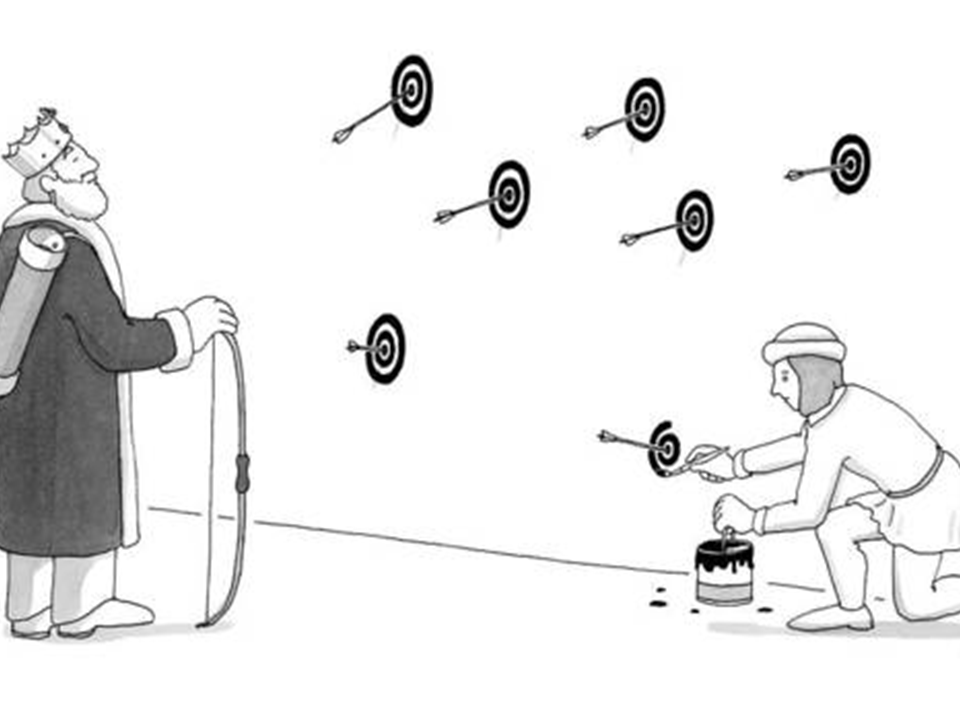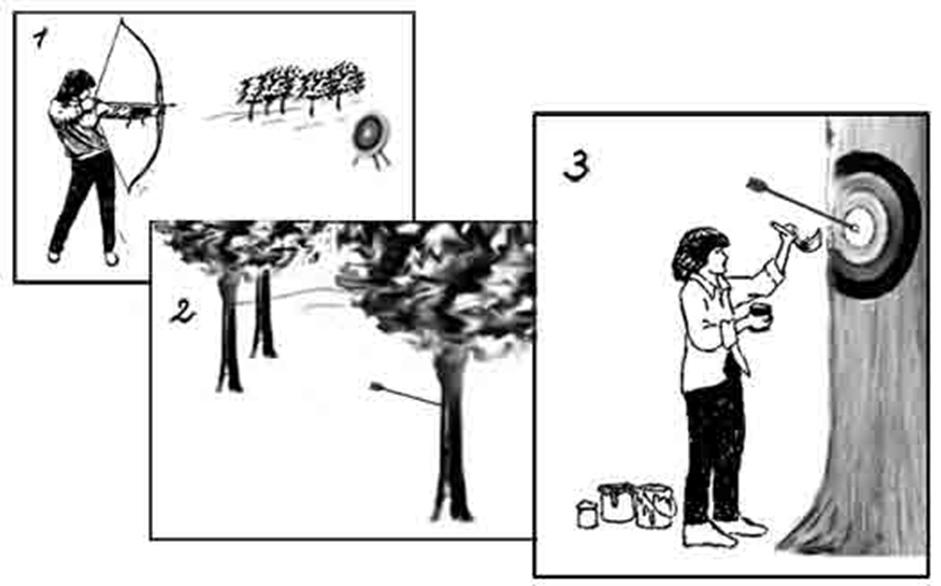The account of a former US Marine, Lucas Kunce, who served twice in Afghanistan and in Iraq, as narrated to The Kansas City Star:
“I led a team of Marines training Iraqi security forces to defend their country. When I arrived I received a “stoplight” chart on their supposed capabilities in dozens of missions and responsibilities. Green meant they were good. Yellow was needed improvement; red said they couldn’t do it at all.
“I was delighted to see how far along they were on paper — until I actually began working with them. I attempted to adjust the charts to reflect reality and was quickly shut down. The ratings could not go down. That was the deal. It was the kind of lie that kept the war going.”

This completely chimes with the experience of a former colleague of mine who served in Iraq in post-war reconstruction as a British Army Reservist. He was told ‘these red/amber/green reports go directly to Bush and Cheney in the White House: THE SCORES ONLY GO IN ONE DIRECTION!’
The traffic lights could kill us all one day; this is the reason why those in leadership world cannot trust what the performance management system is telling them, it’s the reason we have ‘watermelon projects’: green on the outside, red on the inside.

We know that as soon as someone is punished or rewarded based on some targeted outcome, they have three choices:
1- they can do the hard (perhaps impossible) work to understand the situation, change how they work, do all the learning and get better results
2- they can focus on the target regardless of the cost and impacts: hitting the target, but missing the point
3- instead of playing the game, play the scorecard: fiddle the figures.
When I worked in local government, we did it – we worked hard to maximise inspection scores to be awarded the title of ‘Excellent’ authority, bringing in more money for our area. Mostly, those great scores didn’t change results on the ground though.

The answer is simple – measure for learning, work to motivation, don’t set targets but adjust based on the feedback of the people you are working for. We should have learned this by now.
What are your favourite examples of ‘hitting the target but missing the point’?

#management #data #publicservices #performancemanagement #targets
QUESTION 2: what do targets give you that measure and intent don’t?: Numeric Targets, for a project, project or group, give common purpose. They make sure agreement is really agreement. They can be used in contracting. They give architecture clear guidelines. I am not sure of your definition of ‘measure and intent’ (my glossary is at Full Glossary, http://www.gilb.com/DL386. Where I have applied MY definition of Target, here. Most people I meet have no taught, or clear idea of how to quantify qualities and values at all. Master this before serious discussion: Free copy.
https://tinyurl.com/Quanteer
LikeLike
Goodhart: the only thing worse than evil pressures on a clear goal, are the failures and results of having no clear goal. Clarity of stakeholder value objectives, is a necessity. Any tool can get misused. But there are protections available against misuse of numeric clarity. I do not buy such generalizations. I see the failure to have clear objectives as the far greater danger. Governeering: Government Systems Engineering Planning.
https://tinyurl.com/Governeering (FREE), 2020
LikeLike
I went searching for that as a quote from Goodhart – i assume it isn’t though?
I would say that objectives and clarity are very different from fixed goals – and even fixed (and almost always arbitrary) goals are very different when they are used for driving rather than for punishment and reward.
There should be absolutely no confusion that I am saying:
– clarity of objectives is critical
– goals are suboptimal
– punishment and reward based on goals will destroy the reliability of the goal as a measure
LikeLike
I find that setting clear targets is a prerequisite to designing to meet them, and to incremental feedback to make sure they are delivering values Tom
Systems Enterprise Architecture (SEA) BOOK, Free Download https://tinyurl.com/SysEntArchBook (2020)
>
LikeLiked by 1 person
Two questions then:
1- what do you say about Goodhart’s Law? https://en.wikipedia.org/wiki/Goodhart%27s_law
2- what do targets give you that measure and intent don’t?
.
LikeLike